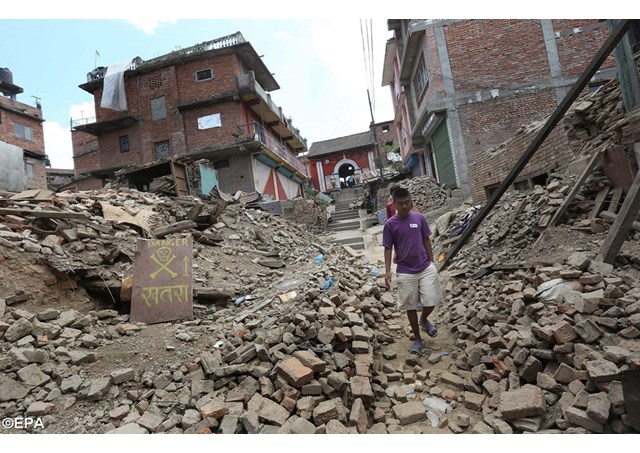
International Day for Disaster Reduction

Marking the International Day for Disaster Reduction on Tuesday, the UN chief urged that indigenous knowledge be an ‘Indispensable Database’ for Disaster Risk Reduction. “On this International Day, let us recognize the efforts of communities, large and small, who put their wisdom to use in reducing disaster risk and sharing their precious “knowledge for life”, wrote UN Secretary General Ban ki-Moon in a message for this year’s observance which focused on the power of traditional, indigenous and local knowledge.
A case in point, he said, was the Cyclone Pam in the Pacific in March, in which cyclone shelters built in the traditional style from local materials, saved many lives. Ban said, “traditional and indigenous knowledge is the indispensable information base for many societies seeking to live in harmony with nature and adapt to disruptive weather events, a warming globe and rising seas.”
The UN chief noted that the Sendai Framework for Disaster Risk Reduction recognizes the importance of community-level engagement in disaster risk reduction. It also underlines how traditional knowledge can complement scientific knowledge in disaster risk management. Building resilience to disasters is also a key feature of the newly adopted Sustainable Development Goals, the framework that will guide our efforts to end poverty and promote shared prosperity on a healthy planet by 2030.
Last Sunday, Pope Francis, reminded all about the Oct. 13 International Day for Disaster Reduction, saying, "We must unfortunately recognize, that the effects of such calamities are often compounded by man’s lack of care of the environment by man.” Speaking at the midday “Angelus” prayer in St. Peter’s Square in Rome, he said he was joining all those who with foresight are committed to the protection of our common home, to the promotion of a global and local culture of disaster reduction and to greater resilience against them, through harmonizing new and traditional knowledge, with particular attention for the most vulnerable populations.
| All the contents on this site are copyrighted ©. |


